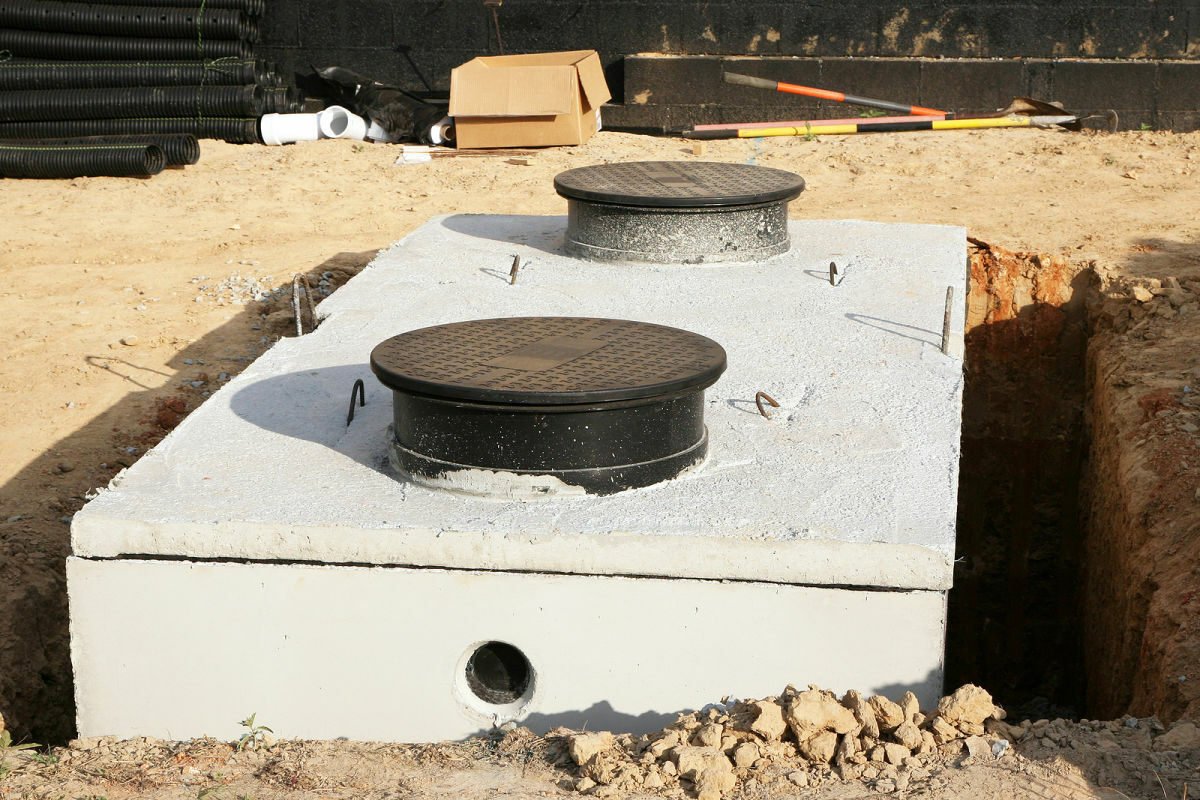A septic lift station can fail due to assorted reasons. Staying proactive with lift station maintenance can help avoid some larger failure issues. Knowing the various signs of a failing septic lift station is extremely important to address any problems you may face before they become much worse.
Recognize Lift Station Problems Before They Lead to Costly Repairs
A residential septic lift station pumps wastewater from lower elevations to higher elevations but may begin to fail over time. Regular lift station maintenance can typically help you catch problems early on.
Here are the most common signs of a failing lift station.
Odors
One of the most noticeable signs that you may be experiencing lift station problems is the presence of a strong septic tank odor. A properly functioning system should not produce foul smells. This may indicate the presence an issue if you start noticing a persistent septic tank odor around your property, especially near the septic lift station.
The smell may signal that wastewater is not being pumped effectively, which can cause a backup or overflow. Septic lift station maintenance is essential to address this issue before it worsens. A septic tank odor may be your first indication that a lift station pump replacement is needed.
Blockages & Slow Drainage
If your drains are moving slowly or wastewater is backing up into your home, you may have a septic lift station blockage. Blockages can cause the septic pump not to work properly. Slow drainage is often the first sign of lift station problems and ignoring the issue could lead to a more severe blockage.
Lift station repair may be required if routine maintenance doesn’t clear the obstruction. It’s a promising idea to schedule lift station repair as soon as possible in this case. Lift station for septic system blockages can often become worse over time, and it may even lead to a complete failure of the pump.
Pump Alarm
When a septic alarm sounds, it’s usually a clear sign of trouble. A lift station alarm warns you that something is wrong with the septic system. The alarm may indicate that the septic pump is running but not pumping or It may indicate that the lift station pump is not functioning at all.
It is not recommended to ignore the alarm, even if all aspects appear to be properly working. The sounding septic alarm may mean that there’s a major buildup in the tank or a problem with the electrical system. Immediate attention can typically prevent more serious issues that may increase septic lift station costs for repairs. Hiring a professional in the field will commonly provide better peace of mind as well as save you money.
Pump Not Turning On or Not Pumping
A septic pump that’s not working as expected should be a major concern. If the pump isn’t turning on, it may be due to an electrical issue or a mechanical failure. If the septic pump is running but not pumping, it may mean that the pump is worn or clogged.
If the septic lift station pump fails, wastewater will not be moved. This results in backups and potential contamination. Regular lift station maintenance can help prevent this problem, but a lift station pump replacement may still be necessary. Many instances of septic lift station problems that involve the pump can become costly if not addressed quickly.
Final Thoughts About Lift Station Problems
Ignoring signs of septic lift station problems can lead to costly lift station repairs and extensive damage. You may even be dealing with serious health risks if you choose to ignore the problem. Regular lift station maintenance is the best way to avoid costly issues.
Taking care of septic lift station problems early can keep your septic system running efficiently. Pay attention to odors, slow drainage, and if you hear the septic alarm sounding. If you notice that the septic pump has stopped working or the lift station pump is struggling to do its job, don’t wait to have it checked out. Dealing with a minor problem now could save you lots of money later.

